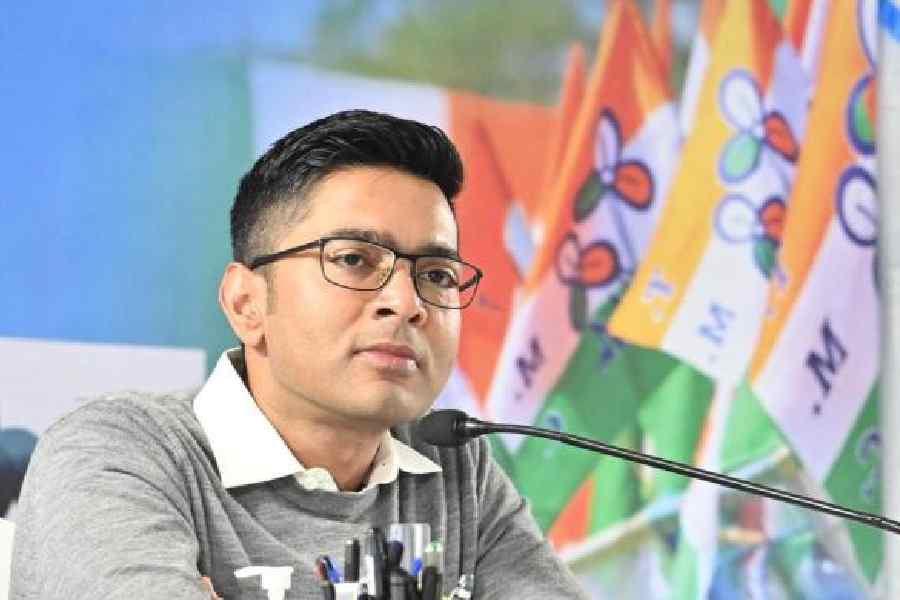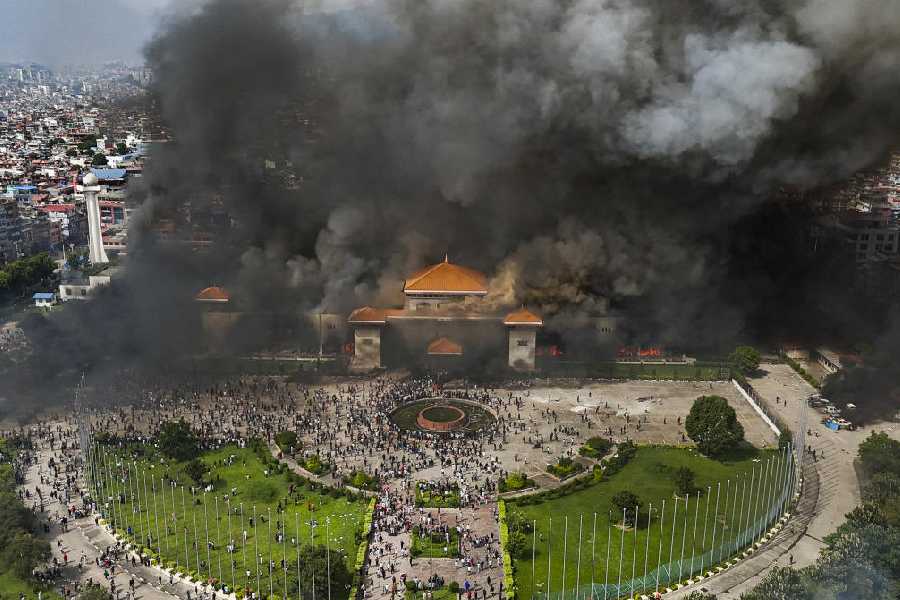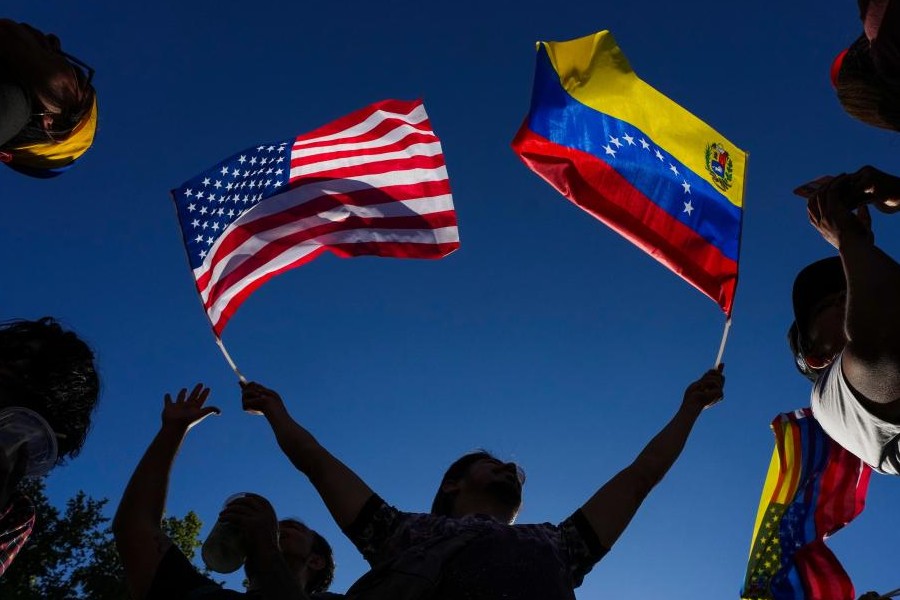REPRESENTING INDIA; LITERATURE, POLITICS AND IDENTITIES
By Mukesh Williams and Rohit Wanchoo, Oxford, Rs 695
In what ways can one possibly represent India? ‘In numerous ways’, is the predictable answer. The puzzle that such an answer conceals is that these ways can be mutually exclusive, and yet, equally valid in explaining the enigma called India. This is because India, with its long and chequered colonial history, not only comfortably accommodates contrasted notions of identity but also plays host to contradictory forces that pre-empt each other at given points of historical time.
Little wonder then that any attempt at representing India in terms of its diverse intellectual traditions would be both self-congratulatory and self-defeating. The present book is a case in point. The authors, mindful of the colossal nature of their project, specify the constraints they had to work under in the Conclusion. They maintain that the focus of the book rests on certain ‘issues’, which pertain only to literature, politics, culture and the diaspora. There is no claim of being exhaustive. This might be a proof of the authors’ commonsense. But the declared absence of “references to economic developments” may be looked upon as a wilful avoidance of “the charge of economistic or reductionist arguments”.
Although the India represented in the book has been considerably handicapped by a complete disregard for the economic perspective, it does include certain colourful patches of the Indian reality. The study is largely descriptive and informative, with certain insights thrown in here and there. In the first chapter, the authors study the growth of Bengali and the Hindi literature, first nurtured by, and then outgrowing, and even challenging, the influence of Sanskrit in the colonial period. The issue of the competing influences of Sanskrit and Urdu in the development of Hindi has also been dealt with.
The second chapter scrutinizes the Indian reality in Indian-English literature of both the indigenous and the diasporic varieties. The authors show that in “imagining” communities, the novelists swap and commingle their cross-cultural and cross-territorial nationalistic allegiances. The third chapter highlights the politics informing the process of stereotyping in the mass media, especially in Bollywood movies.
Religion, as well as the fragility of the notion of secularism in the Indian context, have been discussed with a special reference to “new-age religions”. The shifting attitudes of succeeding generations of the South Asian diaspora have also been dwelt upon.
What this book does is to connect some of the myriad ‘little Indias’ that coexist within the huge fold of the Indian reality. There cannot be any “thematic unity” here, however the authors may search for it. The only unity, if any, is to be sought in the incompatibilities that disturb a pre-formulated pattern of identity-formation, whether based on religion, language, territory or anything else.











